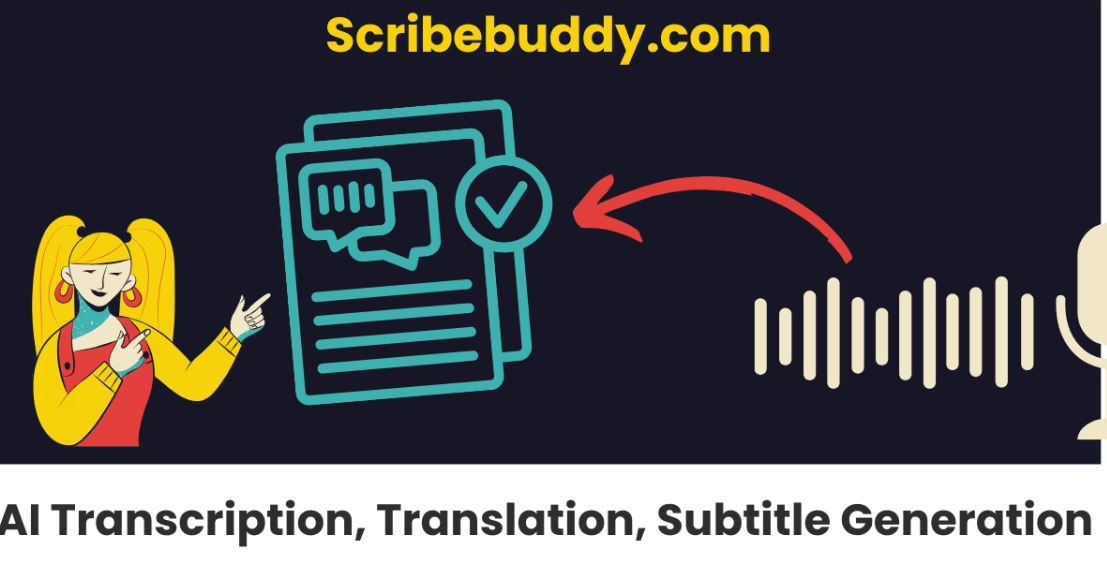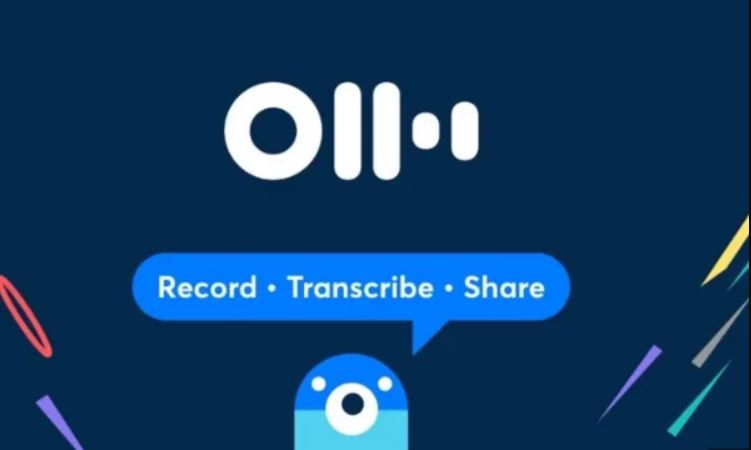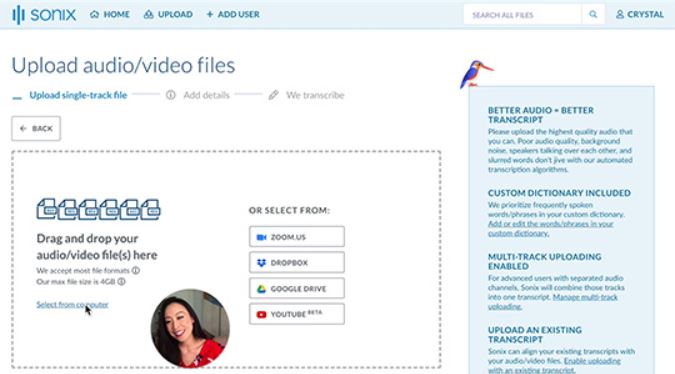Turning an audio recording to text has never been easier, thanks to AI-powered tools that do the heavy lifting for you. Whether you’re transcribing a podcast, capturing meeting notes, or converting interviews into written content, these tools save time and boost efficiency. In 2025, the options are smarter, faster, and more accurate, making them must-haves for creators, professionals, and everyday users alike.
Transkriptor
Best Overall Tool
Transkriptor is a powerful AI-driven tool designed to convert audio recordings into text with high accuracy. Whether you’re working with voice notes, interviews, lectures, or podcasts, this online tool can transcribe audio and video files with up to 99% accuracy. It also supports over 100 languages, making it a versatile choice for users worldwide.
- Key Features: Fast transcription, multi-speaker recognition, rich export options.
- How to Use: Upload your file, let the AI process it, then edit or download the text.
- Why It’s Great: Adobe Podcast is web-based and optimized for high-quality audio, making it an excellent choice for podcasters, content creators, and journalists who want a seamless workflow from recording to transcription.
Transkriptor is a top pick for anyone needing reliable, high-quality results.

Adobe Podcast
Best for Podcasters
Adobe Podcast combines recording and transcription in one sleek platform. It’s ideal for converting audio recording to text with crisp, clear output, plus editing tools to polish your work.
- Key Features: AI transcription, audio editing, easy sharing.
- How to Use: Sign up, record or upload audio, and get transcribed text instantly.
- Why It’s Great: OneAudio AI saves time by automatically summarizing long discussions into concise, actionable notes. It’s an essential tool for students, professionals, and anyone who needs quick, structured transcriptions.
Podcasters and audio creators will love Adobe’s all-in-one approach.
OneAudio AI
Best for Note-Taking
OneAudio AI transforms your audio recording to text into clean, structured notes. It’s perfect for meetings, lectures, or brainstorming sessions you want to summarize fast.
- Key Features: Transcription, summaries, note generation.
- How to Use: Speak or upload audio, and let it create shareable notes.
- Why It’s Great: It simplifies audio into actionable text effortlessly.
Great for students or professionals who need organized notes.
SpeechText.AI
Best for Web Integration
SpeechText.AI makes it easy to transcribe audio directly from your browser. This tool is ideal for those who work with online content, virtual meetings, or research materials and need instant transcription without switching apps.
- Key Features: Voice recording, auto-transcription, web capture.
- How to Use: Install the extension, record audio, and get text instantly.
- Why It’s Great: SpeechText.AI is super convenient for people who work online, whether it’s taking notes from webinars, transcribing YouTube videos, or converting online lectures into text.
Ideal for users who work across websites and need quick results.
ScribeBuddy
Best Free Option
ScribeBuddy is an excellent free transcription tool that allows users to convert audio and video recordings into text without any cost. Unlike many free tools that impose limits on usage or features, ScribeBuddy offers unlimited transcription, making it a great choice for anyone looking to transcribe content without worrying about restrictions.
- Key Features: Unlimited transcription, supports multiple formats.
- How to Use: Upload your file, wait for the transcription, and download.
- Why It’s Great: It’s free and doesn’t skimp on functionality.
Perfect for budget-conscious users needing no limits.

WordPress AI Audio/Video Transcriber
Best for Website Owners
This WordPress plugin turns audio recording to text directly on your site. It boosts SEO by adding transcribed content from audio files or YouTube links.
- Key Features: WordPress integration, multilingual support, SEO enhancement.
- How to Use: Install the plugin, upload audio, and publish the text.
- Why It’s Great: It’s a must for bloggers or site owners.
Website creators will find this tool a content goldmine.
Cantonese.ai Speech to Text
Best for Cantonese Audio
Most transcription tools struggle with regional languages, but Cantonese.ai is designed specifically to handle Cantonese speech accurately. Whether you’re working with interviews, podcasts, or meetings in Cantonese, this tool ensures high-quality transcriptions.
- Key Features: Cantonese transcription, Rapid API support.
- How to Use: Register an API token, upload audio, and get text.
- Why It’s Great: It’s precise for Cantonese speakers.
A lifesaver for users working with Cantonese recordings.
CommoAI Assistant
Best for System Audio
CommoAI captures system audio and converts it to text with AI assistance. This audio recording to text tool is great for transcribing internal PC sounds or streams.
- Key Features: System audio recording, text conversion, AI integration.
- How to Use: Install the extension, record, and submit for transcription.
- Why It’s Great: It handles unique audio sources others miss.
Tech-savvy users will appreciate its versatility.
Transcriber Chrome Extension
Best for Browser Users
This Chrome extension turns any audio recording to text from meetings, songs, or podcasts. It’s lightweight and supports multiple languages.
- Key Features: Audio-to-text conversion, language options, accuracy.
- How to Use: Upload audio, pick a language, and transcribe.
- Why It’s Great: It’s simple and works right in Chrome.
Perfect for quick, browser-based transcription.
Otter
Best for Collaboration
Otter is a cloud-based transcription tool that makes it easy for teams to collaborate on transcriptions. It’s great for meetings, interviews, and brainstorming sessions, providing real-time transcription and team sharing options.
- Key Features: Real-time transcription, collaboration tools, audio import.
- How to Use: Record or upload audio, share the text with your team.
- Why It’s Great: It’s built for group workflows and stays accurate.
Teams and collaborators will love Otter’s sharing options.

Whisper by OpenAI
Best for Developers
Whisper is an open-source audio recording to text model from OpenAI. It’s highly accurate and customizable, making it a favorite for tech enthusiasts.
- Key Features: Open-source, multilingual, high precision.
- How to Use: Install via GitHub, process audio, and get text output.
- Why It’s Great: It’s free and flexible for custom projects.
Developers or DIY fans will find Whisper unbeatable.
Sonix
Best for Professional Use
Sonix is a high-end transcription tool designed for professionals who need fast, accurate results. With advanced features like speaker identification, timestamps, and multilingual support, Sonix is ideal for journalists, researchers, and corporate users.
- Key Features: 35+ languages, editing tools, export options.
- How to Use: Upload audio, transcribe, and refine the text.
- Why It’s Great: It’s polished and reliable for serious work.
Professionals like journalists or researchers will value Sonix.

Tips for Better Audio Recording to Text Conversion
To get the best results from your audio recording to text tool, try these:
- Use Clear Audio: A high-quality microphone can greatly reduce background noise and improve transcription accuracy. If possible, record in a quiet environment and avoid echo or background chatter.
- Speak Slowly: AI transcription tools work best when words are distinct and well-articulated. Speaking too fast or mumbling can cause misinterpretations. Try to pause slightly between sentences to improve clarity.
- Check Formats: Not all transcription tools support every audio format. Before uploading your recording, check if the tool accepts formats like MP3, WAV, or M4A. Converting your file in advance can prevent compatibility issues.
- Edit After: Even the best AI tools may misinterpret some words, especially with accents or complex terminology. Always review and edit the text after transcription to correct small errors and refine readability.
- Test Short Clips: If you’re using a new transcription tool, start with a short audio sample to see how well it understands your voice. This allows you to adjust your speaking style or choose a better tool if needed.
These steps can make your transcriptions smoother and more precise.
Final Thoughts
In 2025, converting audio recording to text is a breeze with these 12 tools. From Transkriptor’s all-around excellence to Adobe Podcast’s creator-friendly features, there’s something for everyone. They’re fast, accurate, and packed with options to suit podcasters, students, professionals, and more. No matter your project, these tools turn audio into text with ease.



